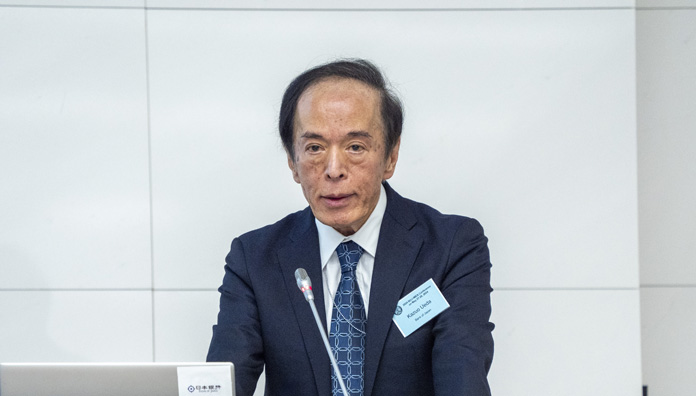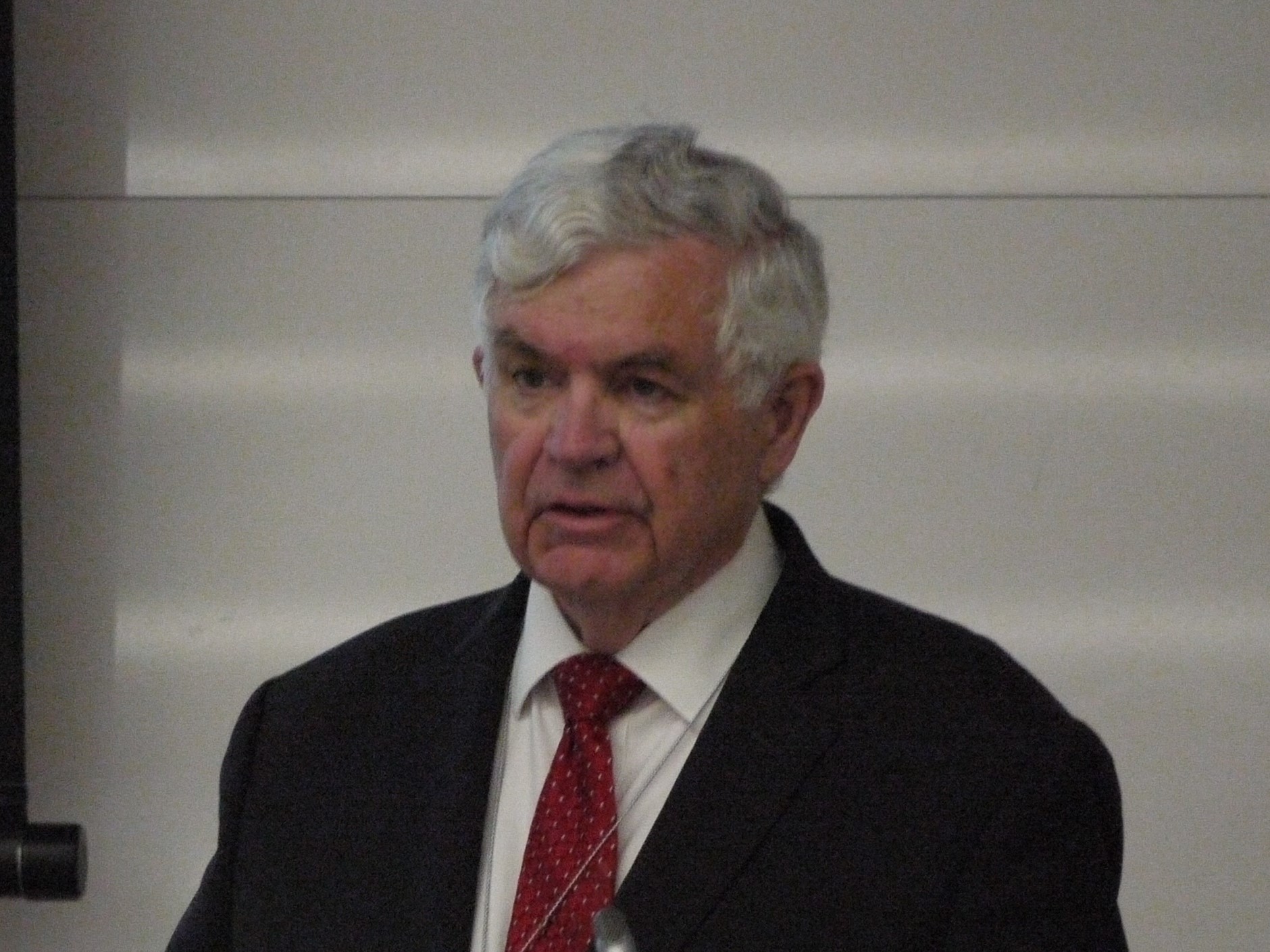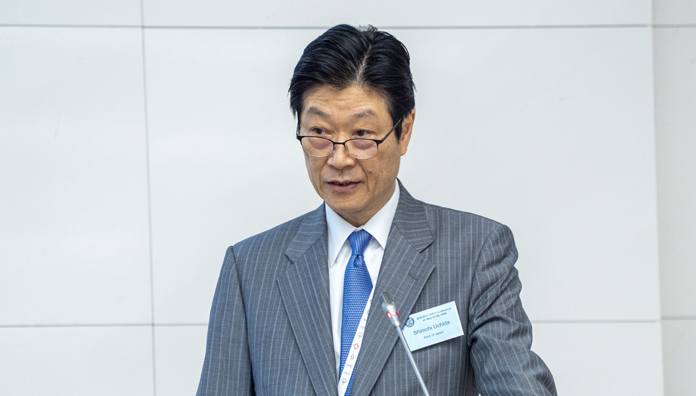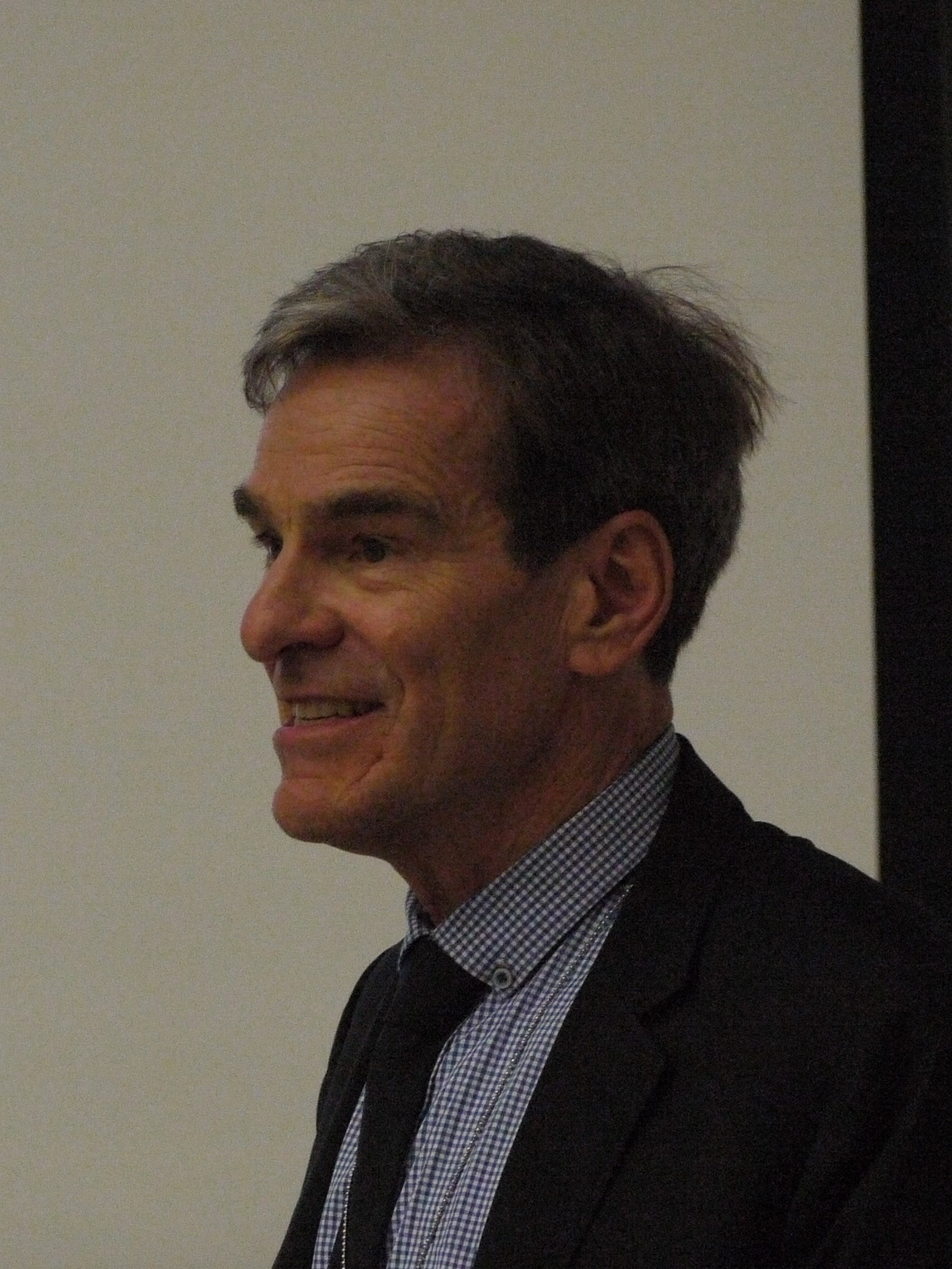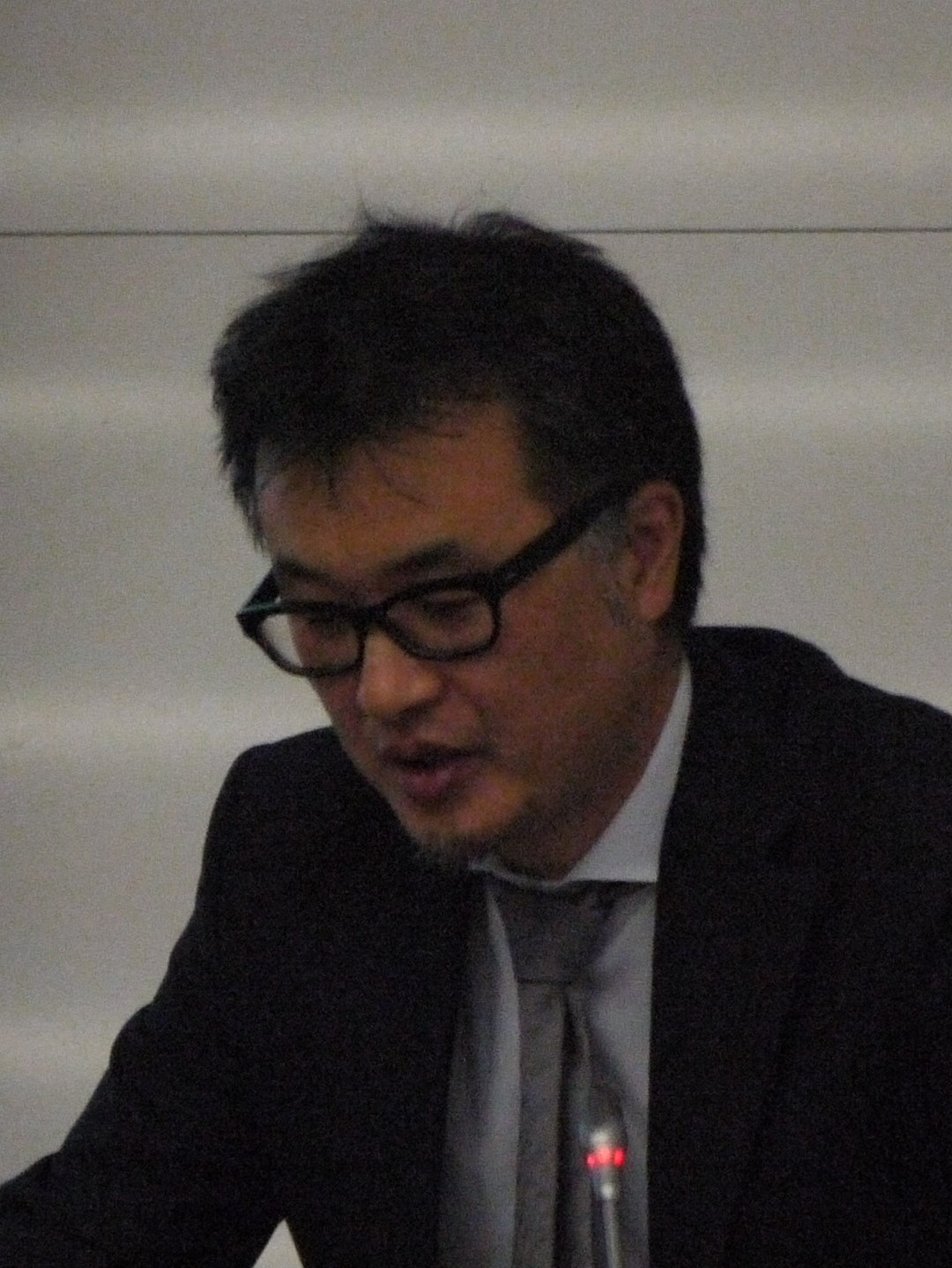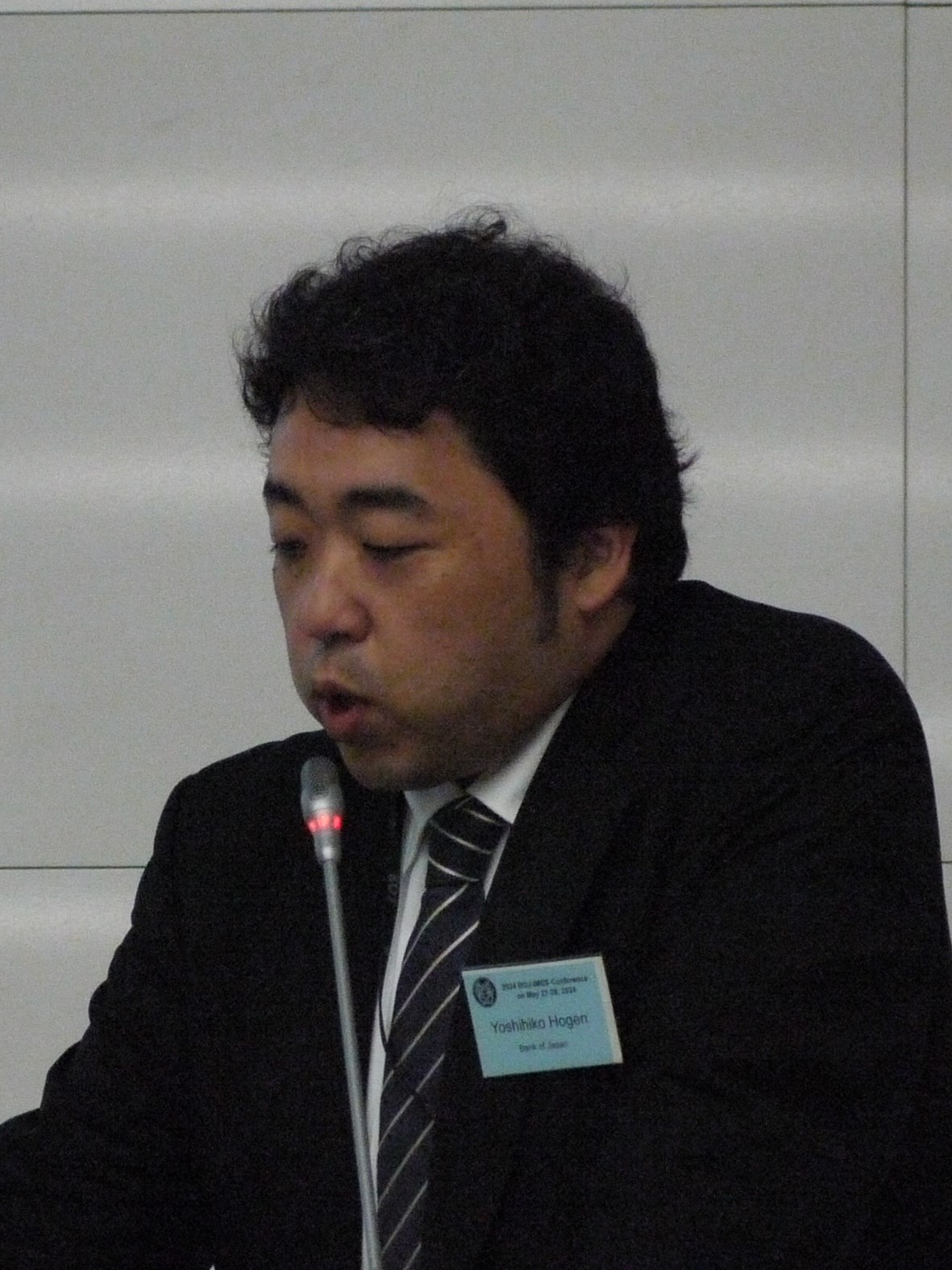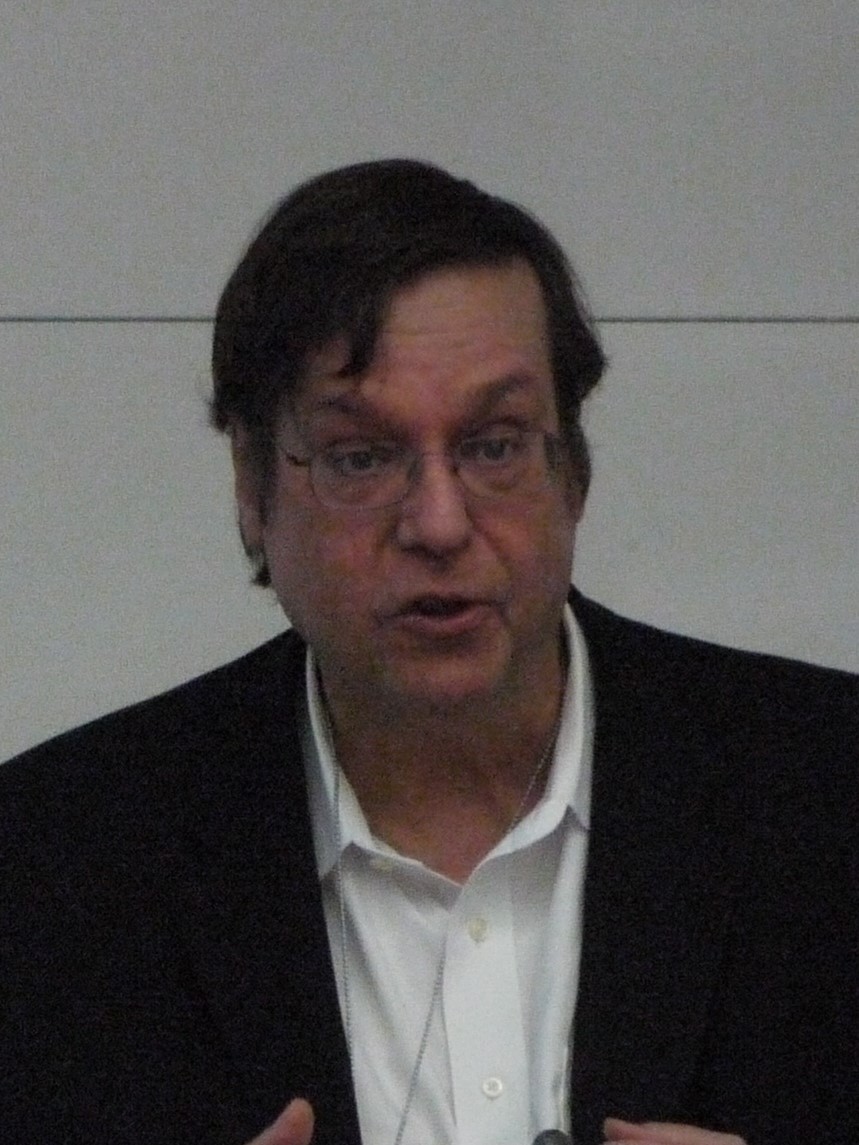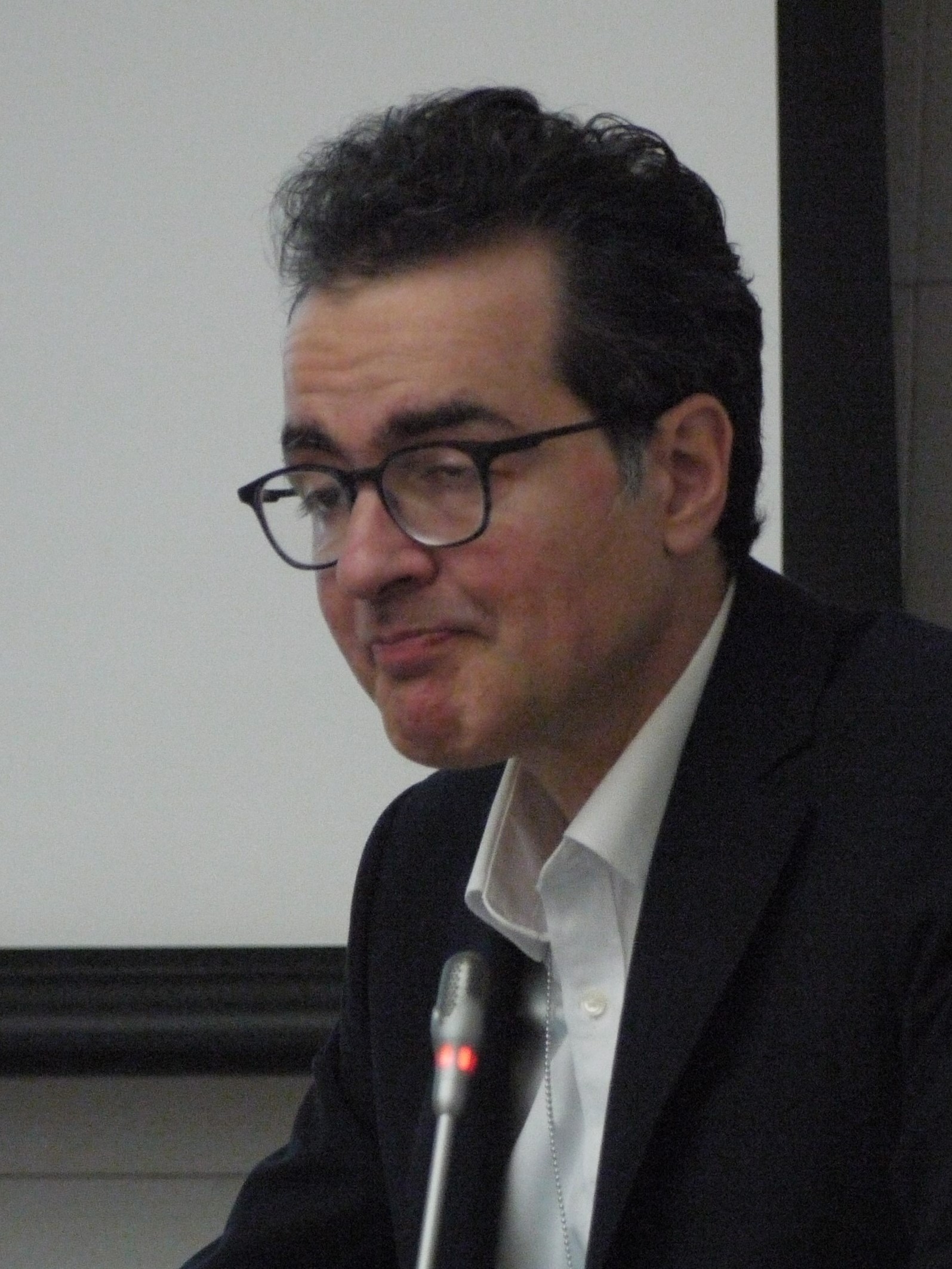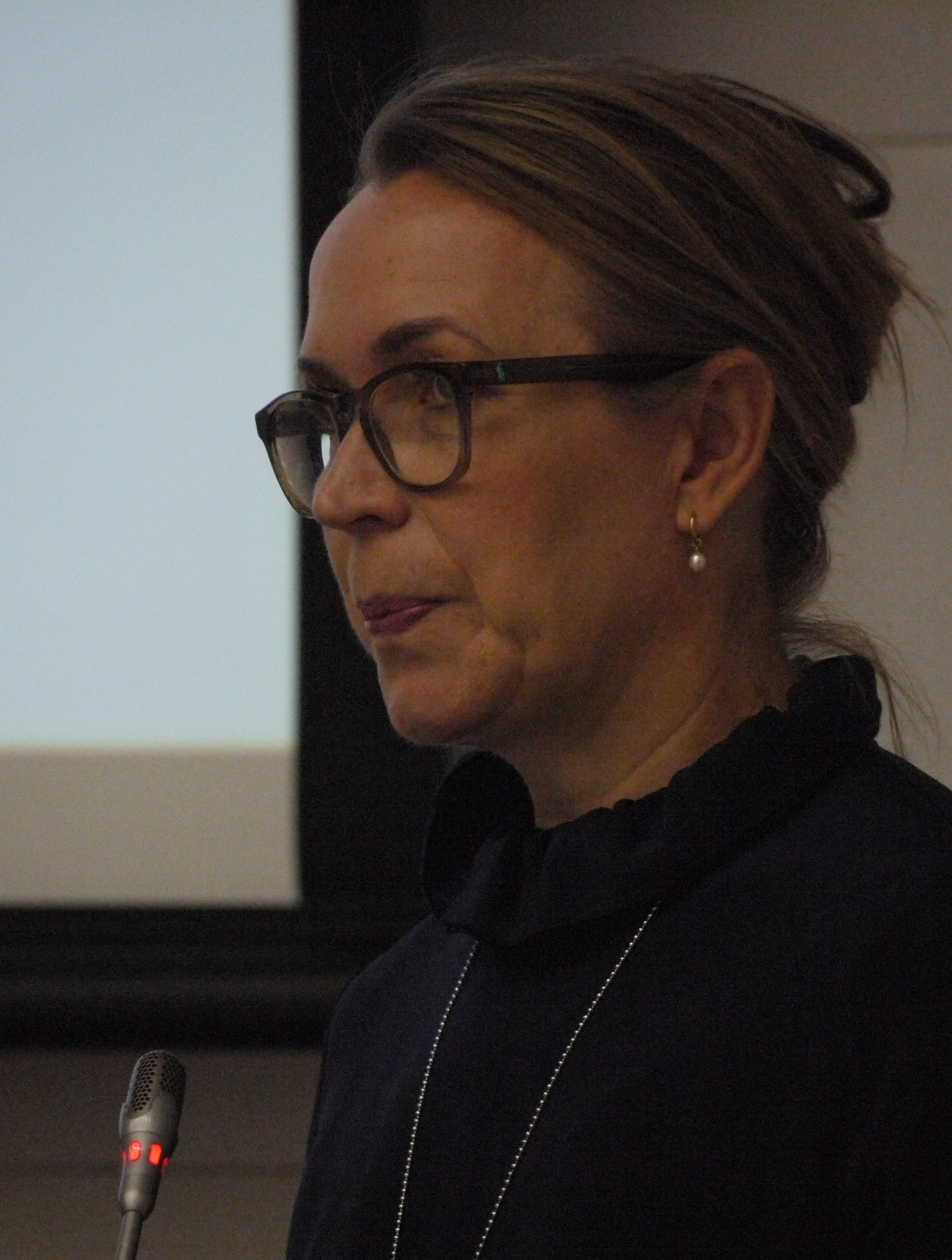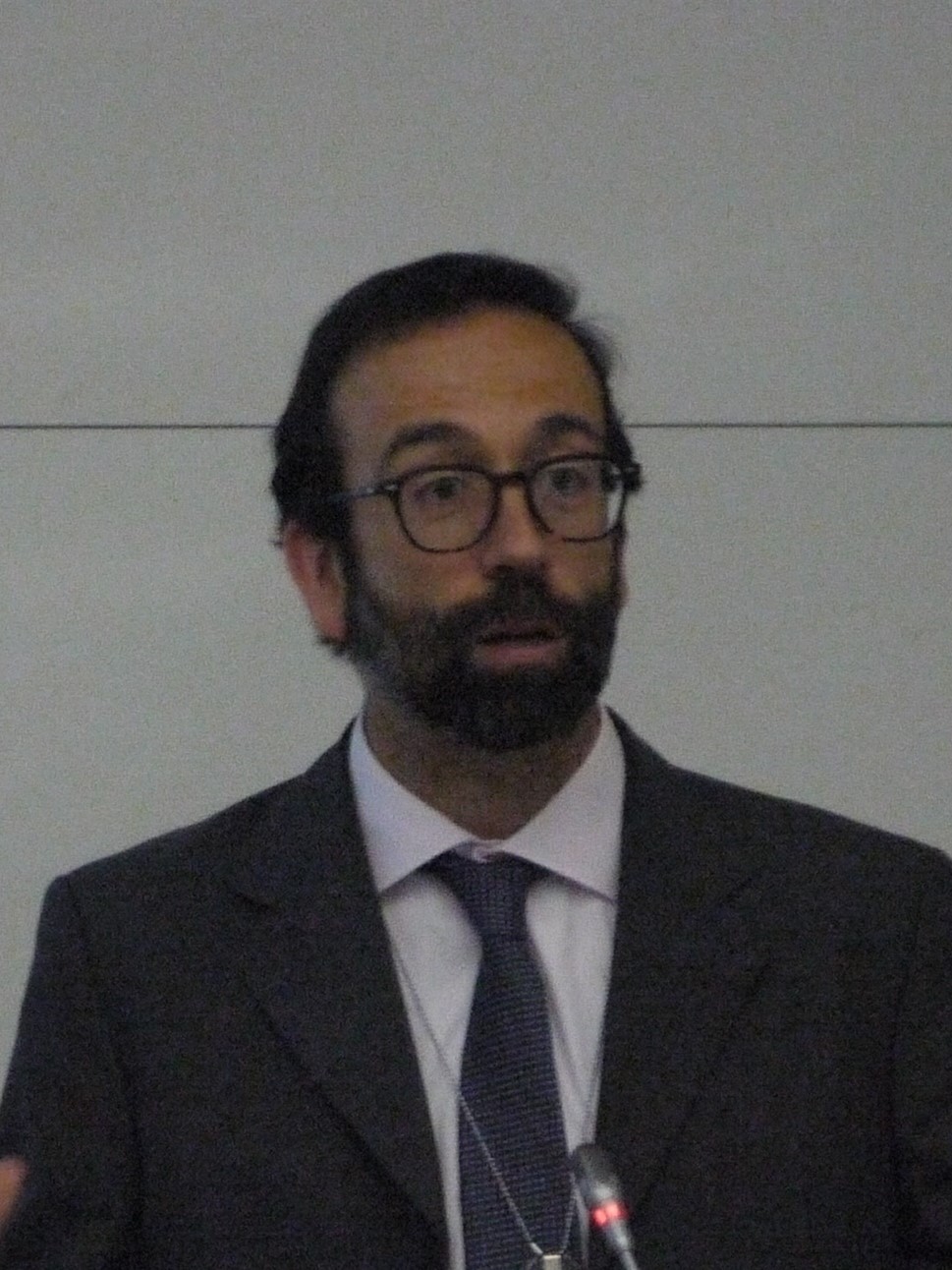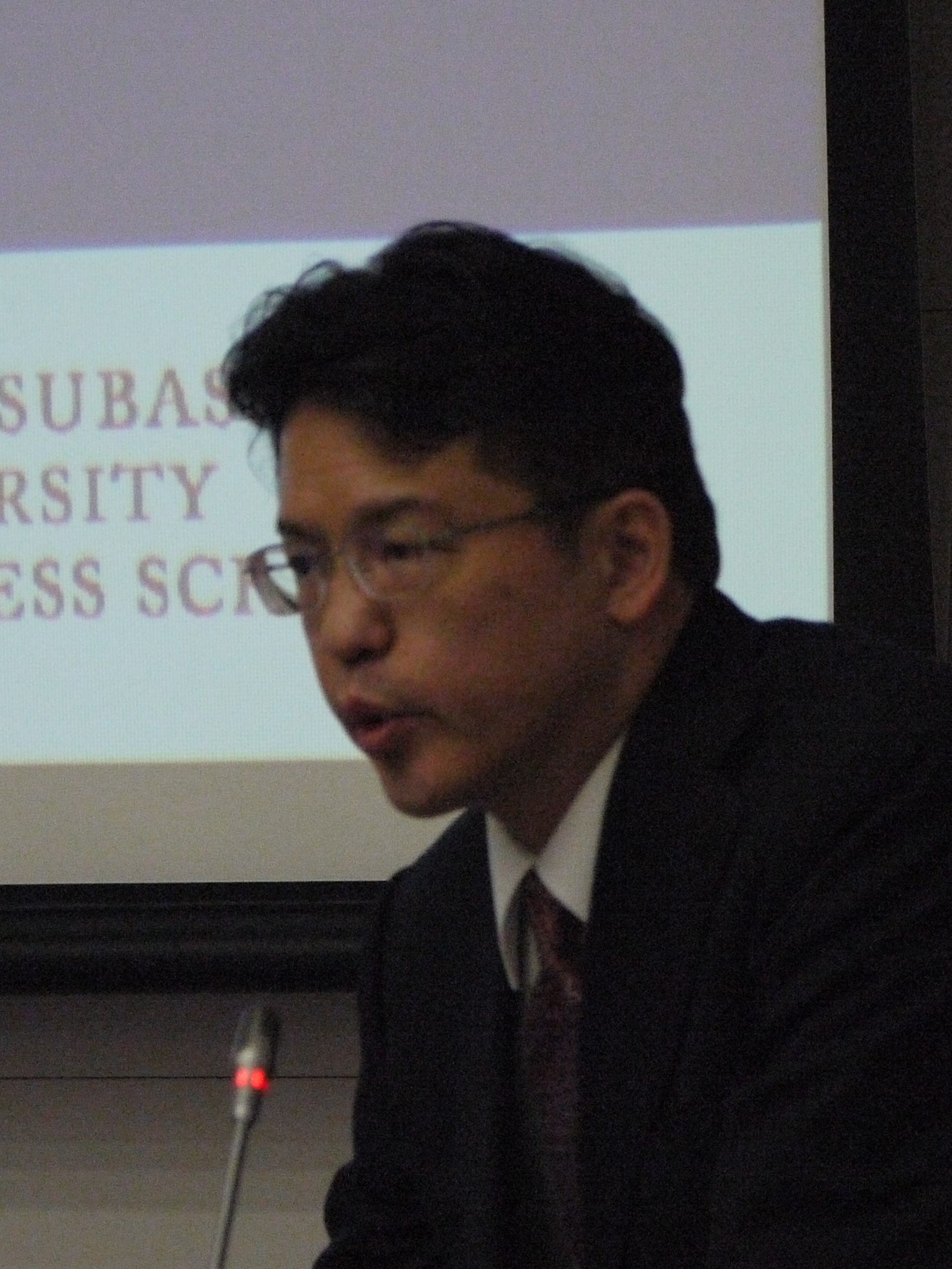
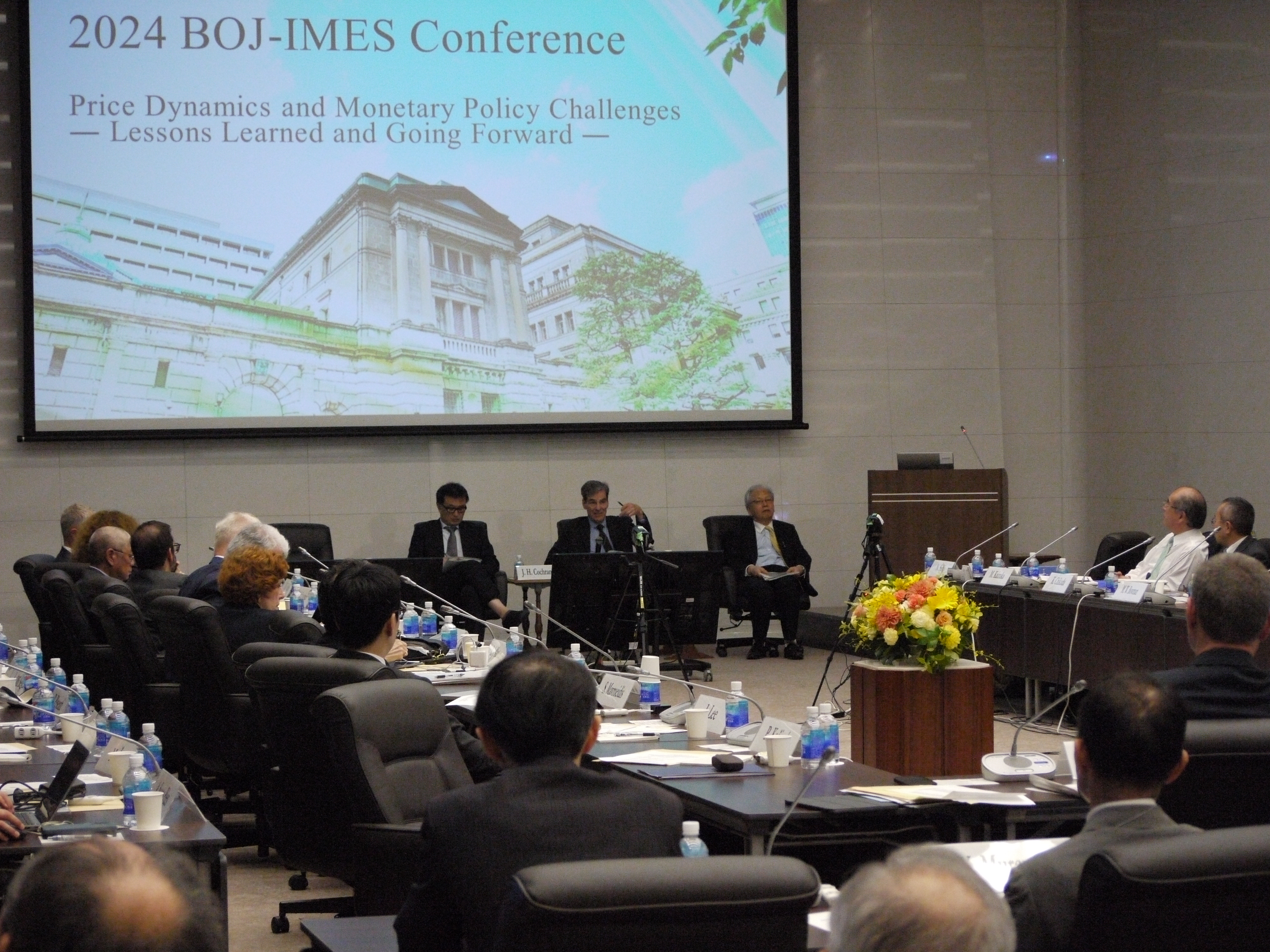
The Institute for Monetary and Economic Studies (IMES) of the Bank of Japan (BOJ) held the 2024 BOJ-IMES Conference on May 27 and 28, 2024. This year's conference, which was the 29th from its start in 1983, was held as part of events for the BOJ's "Broad Perspective Review" of monetary policy. There were about 100 participants from central banks, international organizations, and academia, including several governors of foreign central banks. With the conference theme of "Price Dynamics and Monetary Policy Challenges -- Lessons Learned and Going Forward," participants engaged in lively discussions on price dynamics and the effects of conventional and unconventional policy instruments through speeches, paper presentations, and policy panel discussions. [Program]
1. Opening Remarks
To set the stage for the conference, Kazuo Ueda (Governor, BOJ) started his remarks with the recent changes in the BOJ’s monetary policy framework in March, followed by his reflections on the past 25 years.
He expressed the view that the primary explanation for the “zero-inflation trap” in Japan since the late 1990s is the “zero lower bound on nominal interest rates (ZLB),” pointing out that by the onset of the zero-inflation trap, the BOJ had exhausted its leverage over short-term interest rates as a means of stimulating the economy.
He pointed out that another reason why the BOJ faced the difficulty was the entrenched nature of low inflation expectations, and that this had led to changes in economic agents' behavior, especially in the strategic pricing behavior of firms, and prolonged the period of the zero-inflation trap.
Lastly, he noted that wages had risen sharply from last year in response to global inflation and to the continuation of the monetary easing policy framework put in effect from the pre-inflation period, and the BOJ has now made progress in moving inflation expectations away from zero percent. He concluded his remarks by adding that the BOJ must now re-anchor expectations, this time at the 2% target, and would proceed cautiously.
Next page: Mayekawa Lecture
To prev. page
2. Mayekawa Lecture
Professor John B. Taylor (Stanford University) reflected on the first Mayekawa Lecture that he gave at the conference in 2008 (the lecture being named after Haruo Mayekawa, Governor of the BOJ at the time of the founding of the IMES). Professor Taylor then discussed inflation and monetary policy in the United States and other countries.
In particular, he pointed out that the timing of the policy rate hikes in the United States and other countries in recent years was late relative to that implied by the Taylor rule, and that the interest rate had been kept low too long. He noted that, as a consequence, central banks had fallen behind the curve, causing high inflation. He added that this phenomenon was observed globally, and high inflation had become a global issue.
He posed the question of whether we were entering a new era of high inflation and said that the answer would definitely be “yes,” unless central banks continued to adjust their policies appropriately. He concluded by arguing that the rule-based monetary policy would help central banks avoid falling behind the curve, making unnecessary rapid rate hikes that could cause significant damage to the economy.
Next page: Keynote Speech I
To prev. page
3. Keynote Speech I
Shinichi Uchida (Deputy Governor, BOJ) discussed whether the current change in Japan’s inflation picture means an irreversible, structural change from deflation, or just a temporary phenomenon.
He first pointed out two things as background to Japan’s deflation: a decline in the growth trend, and chronic shortages of demand. He added that the potential growth rate had declined, decreasing the natural rate of interest over time. He noted that Bank of Japan’s monetary policy did not have enough power to lift the actual and expected inflation under the zero lower bound constraint in the late 1990s and 2000s. He also explained that there had been a strong consensus in society that employment should be maintained, which had generated excess labor and excess numbers of companies, and against the background a social norm had been created based on the belief that “today’s prices and wages will be the same tomorrow.” He argued that under this norm inflation expectations seemed to be anchored at zero percent.
He said that from 2013 onward, the Bank of Japan continued to provide high pressure to the economy by Quantitative and Qualitative Monetary Easing (QQE) and Yield Curve Control (YCC) and, together with various government measures, such pressure resolved the original causes of deflation, namely demand shortages and consequent excess labor supply. As to the prospect of overcoming the deflationary norm, he noted that the answer to the question at the beginning was not so clear, but added that it was set to be dissolved by the final pressure put by the recent global inflation and continued labor shortages.
Lastly, he concluded his speech by saying that while the Bank of Japan still had a challenge to anchor the inflation expectations to 2%, the end of their battle was in sight.
Next page: Keynote Speech II
To prev. page
4. Keynote Speech II
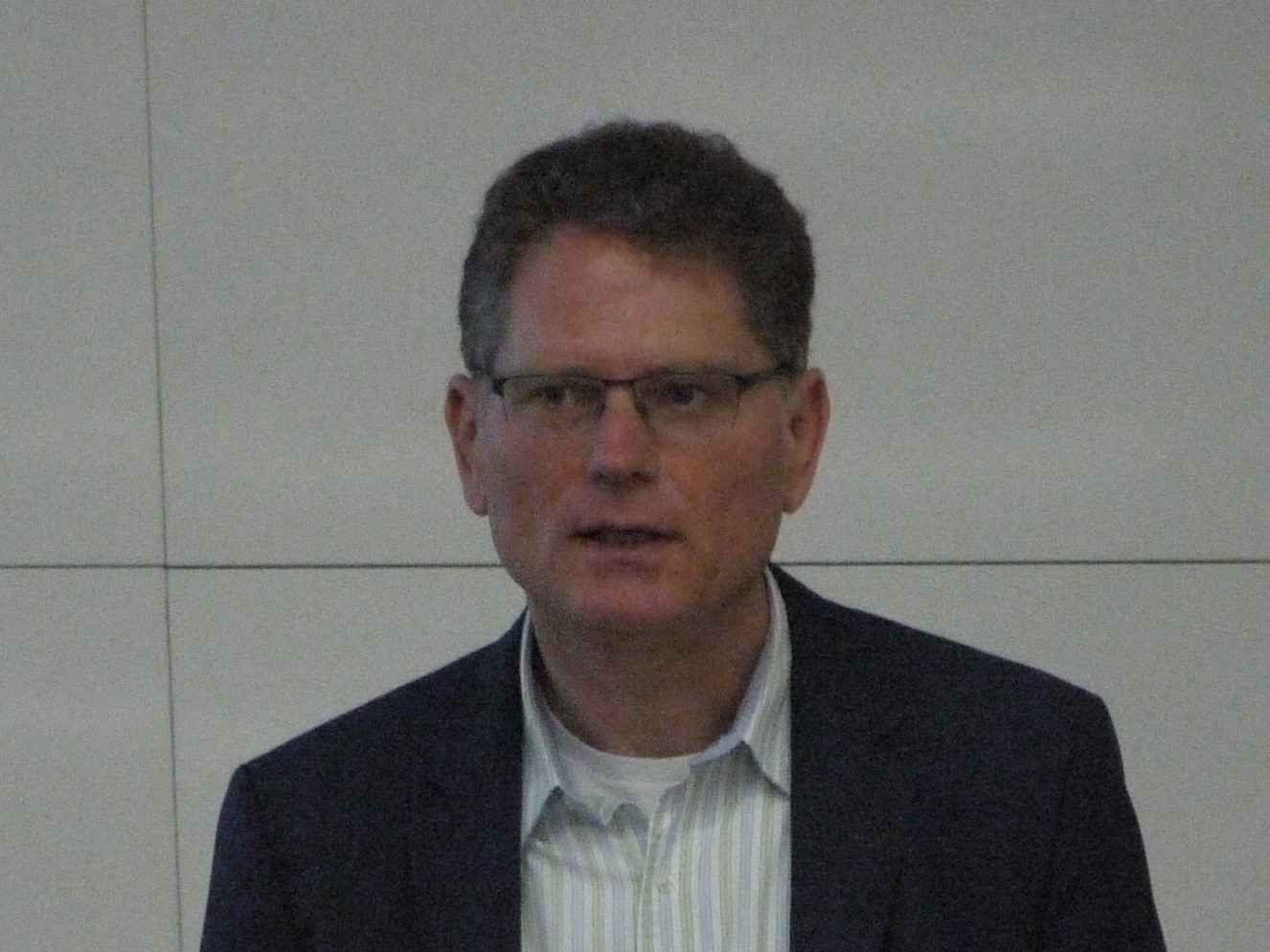
Professor Markus Brunnermeier (Princeton University, Honorary Adviser to the IMES) introduced the concept of “resilience,” which refers to the ability of the real economy to bounce back following recessions. He discussed the conduct of conventional and unconventional monetary policy that utilized this resilience.
First, he argued that, theoretically, under a policy based on the resilience approach, while the real economy got much worse in response to the materialization of a risk, it would return to the pre-recession state thereafter and grow faster on average in the long run than under the robustness approach that aimed at minimizing damage incurred by the materialization of risk. In this regard, he mentioned U.S. GDP developments as illustrating that the global financial crisis was a “trap” that undermined resilience.
Next, focusing on monetary policy, he argued that forward guidance faced a trade-off between commitment and resilience: the effect of forward guidance was limited if commitment was weak, but if commitment was strong, inability to adapt to changes in the external environment could undermine resilience. He also argued that if central banks had losses or negative equity, there could be a trap of credibility loss, depending on how this was perceived by the public. He then argued that central banks could consider changing the allocation of legally required reserves and excess reserves to save interest expenses on reserves. Finally, he proposed the idea of preparatory QE, in preparation for an interest rate hike. He argued that when financial institutions are exposed to large interest rate risk, a rate hike could undermine financial stability, and therefore QE that absorbs financial institutions' interest rate risk in advance could facilitate a subsequent rate hike and enhance resilience.
Next page: Paper Presentation Sessions
To prev. page
5. Paper Presentation Sessions
In the paper presentation sessions, four papers were presented on theoretical and empirical analyses of inflation dynamics and conventional and unconventional monetary policies, and the papers were then discussed by the presenters, discussants, and floor participants.
Next page: Policy Panel Discussion
To prev. page
6. Policy Panel Discussion
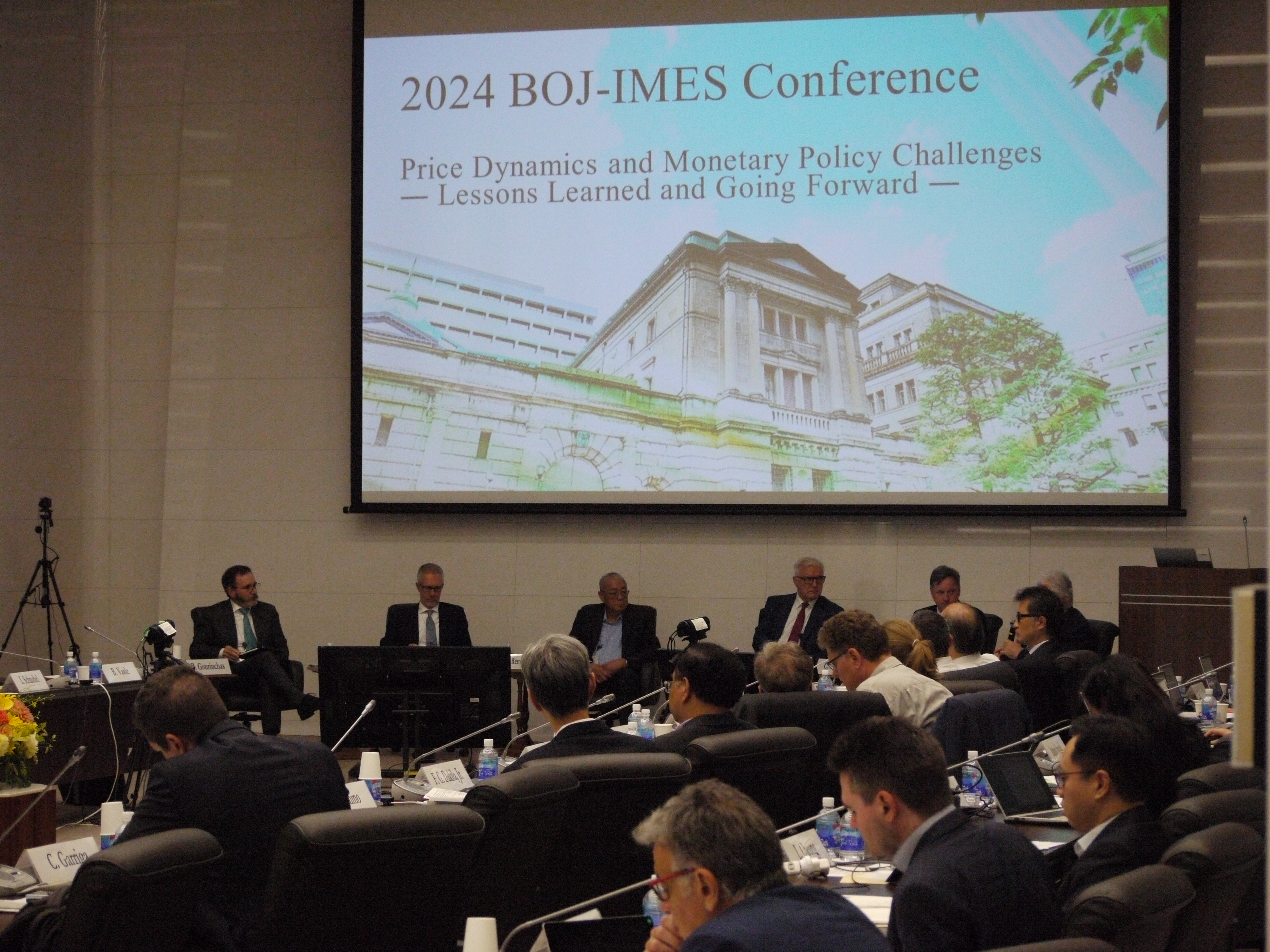
Two policy panel sessions were organized for this conference, one on “price dynamics” and another on “the effects of conventional and unconventional policy instruments,” in line with the conference theme "Price Dynamics and Monetary Policy Challenges -- Lessons Learned and Going Forward."
The first panel discussion on price dynamics, moderated by Professor Athanasios Orphanides (Massachusetts Institute of Technology, Honorary Adviser to the IMES), featured five panelists: Charles L. Evans (Former President and Chief Executive Officer of Federal Reserve Bank of Chicago), Pierre-Olivier Gourinchas (Economic Counsellor and Director of the Research Department, International Monetary Fund), Olli Rehn (Governor, Bank of Finland), Eli M. Remolona, Jr. (Governor, Bangko Sentral ng Pilipinas) and Boštjan Vasle (Governor, Banka Slovenije). They discussed the key determinants of price dynamics, including inflation expectations, wages and energy prices.
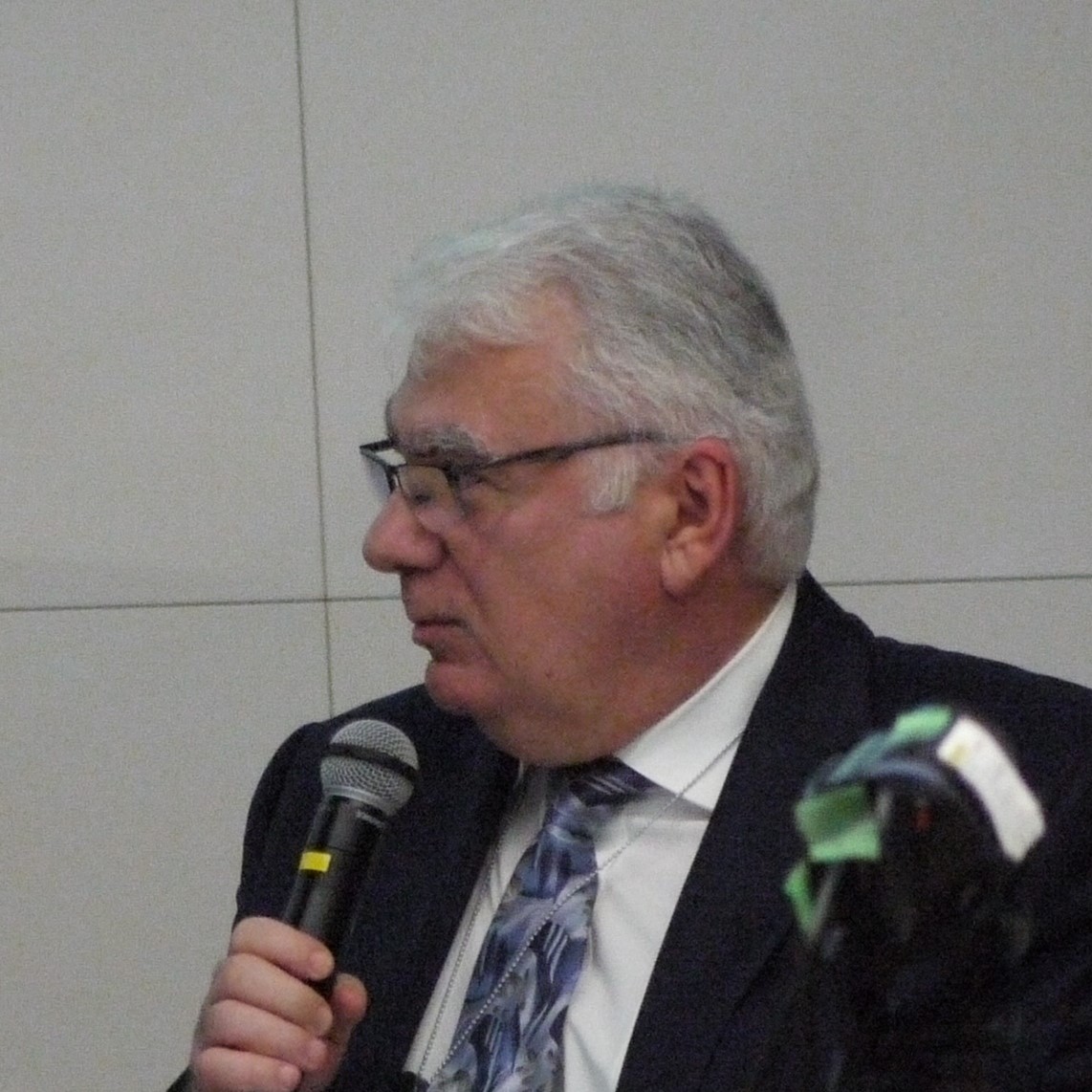
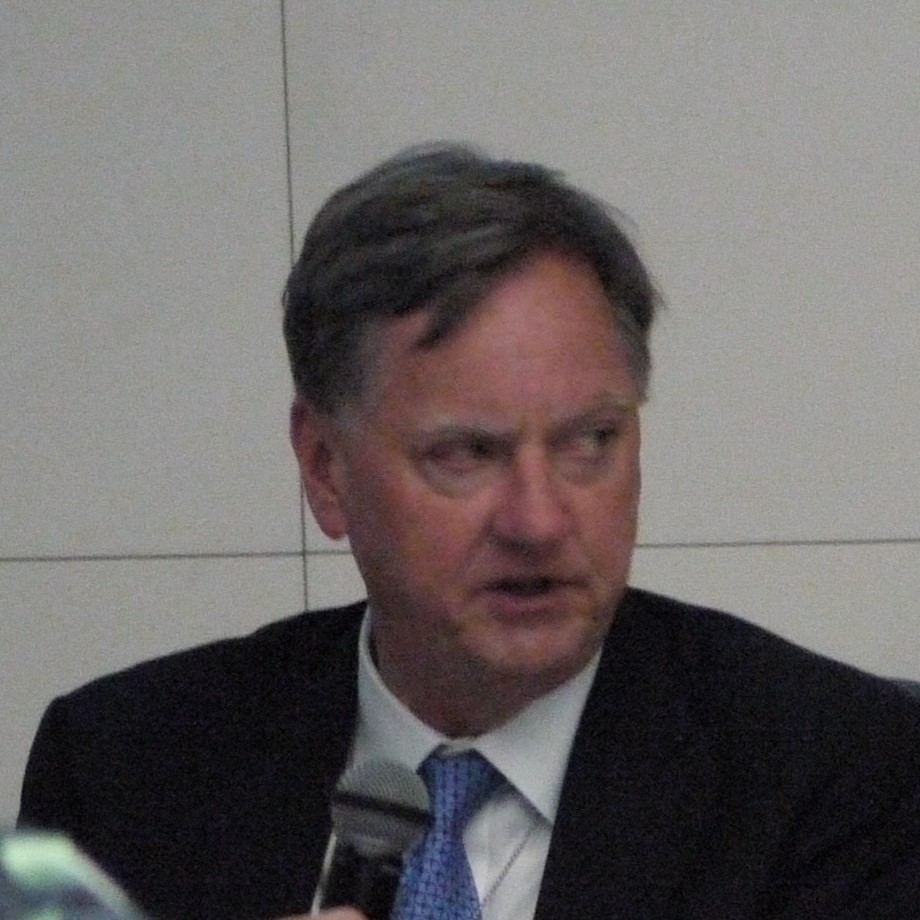
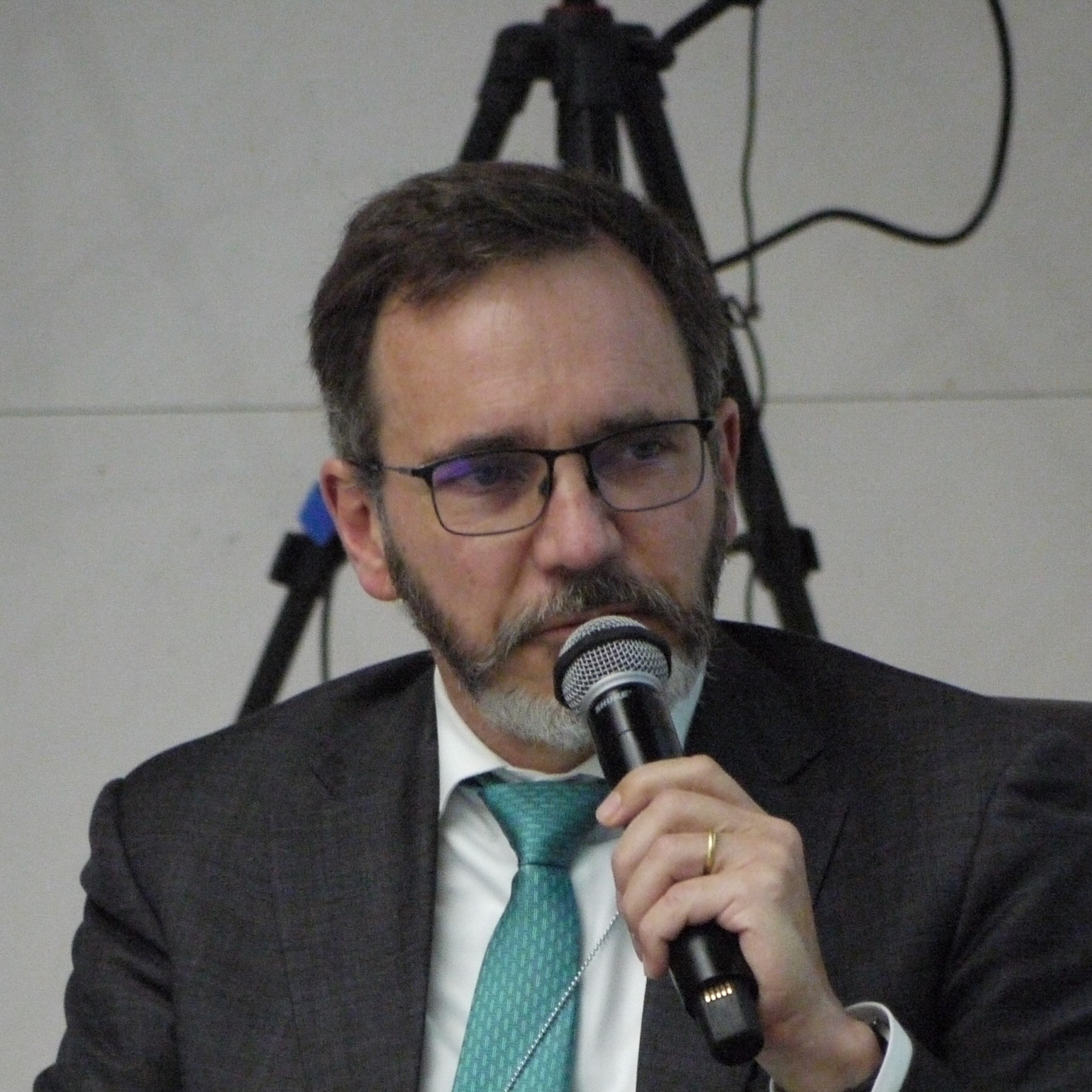
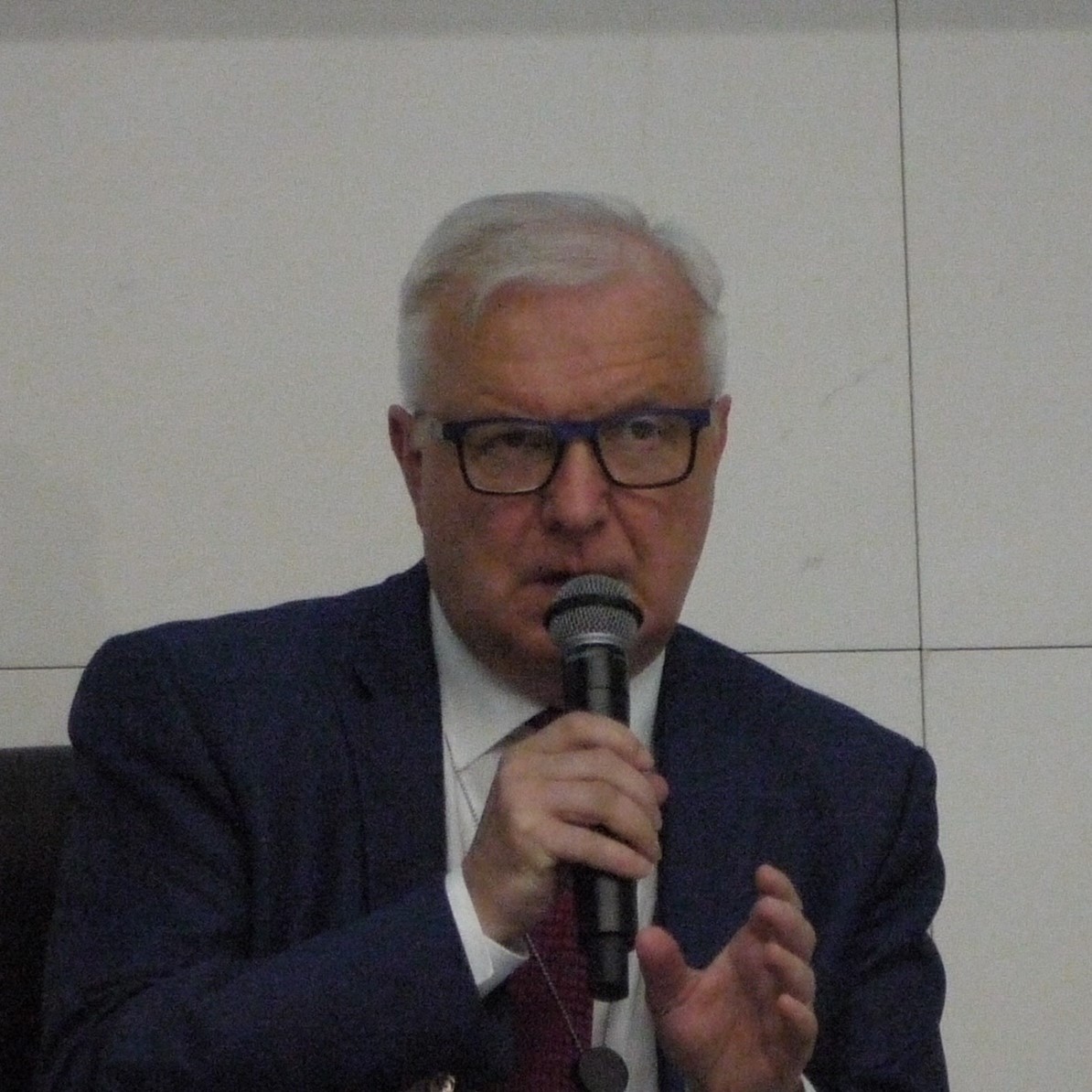

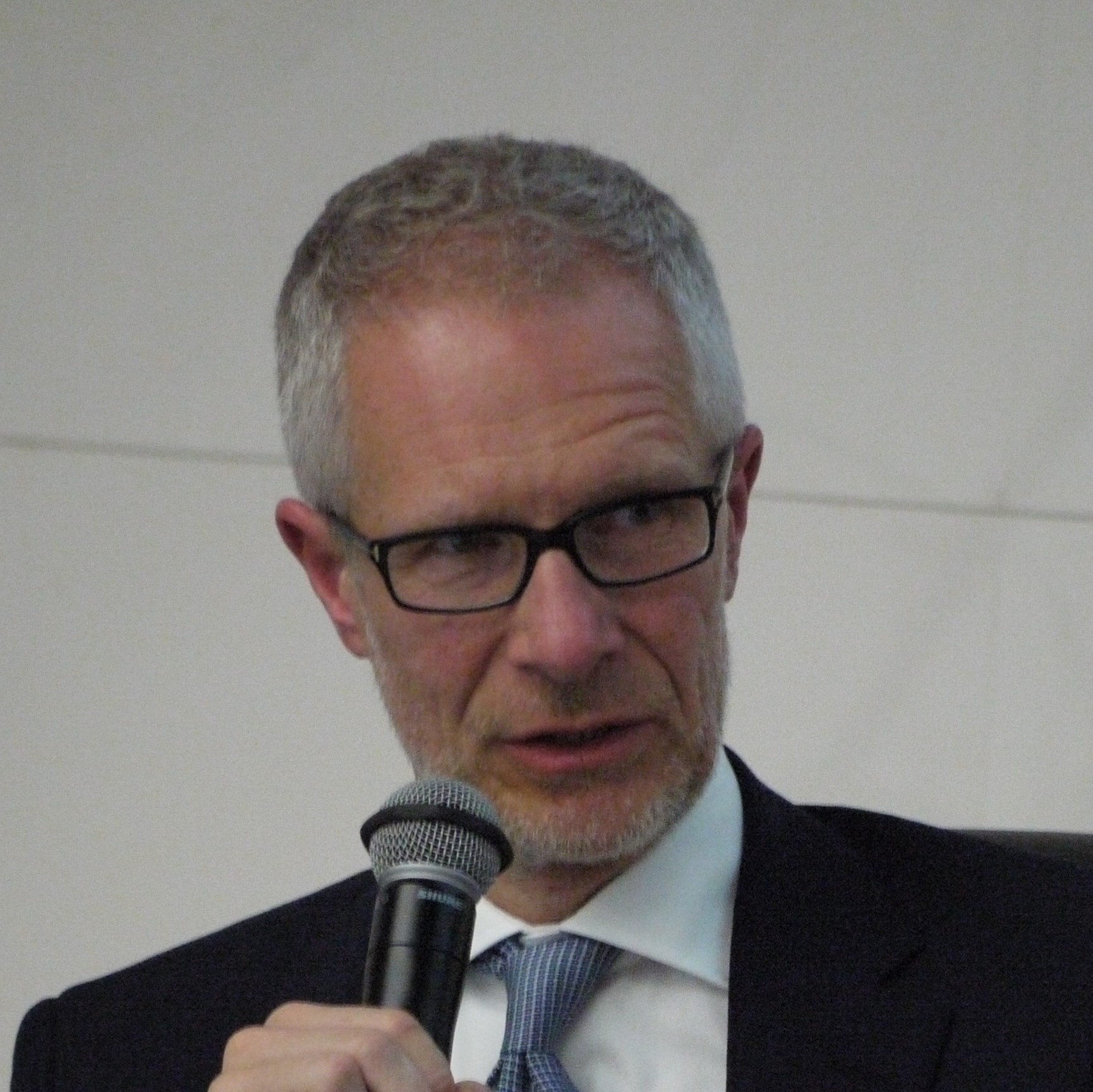
The second panel discussion on the effects of conventional and unconventional policy instruments, moderated by Professor Markus Brunnermeier (Princeton University, Honorary Adviser to the IMES), featured five panelists: Michelle W. Bowman (Board Member, Board of Governors of the Federal Reserve System), Thomas J. Jordan (Chairman of the Governing Board, Swiss National Bank), Loretta J. Mester (President and Chief Executive Officer, Federal Reserve Bank of Cleveland), Isabel Schnabel (Member of the Executive Board, European Central Bank) and Ryozo Himino (Deputy Governor, BOJ). They reviewed the effects and side effects of various unconventional monetary policies, and discussed lessons learned for the conduct of future monetary policy.
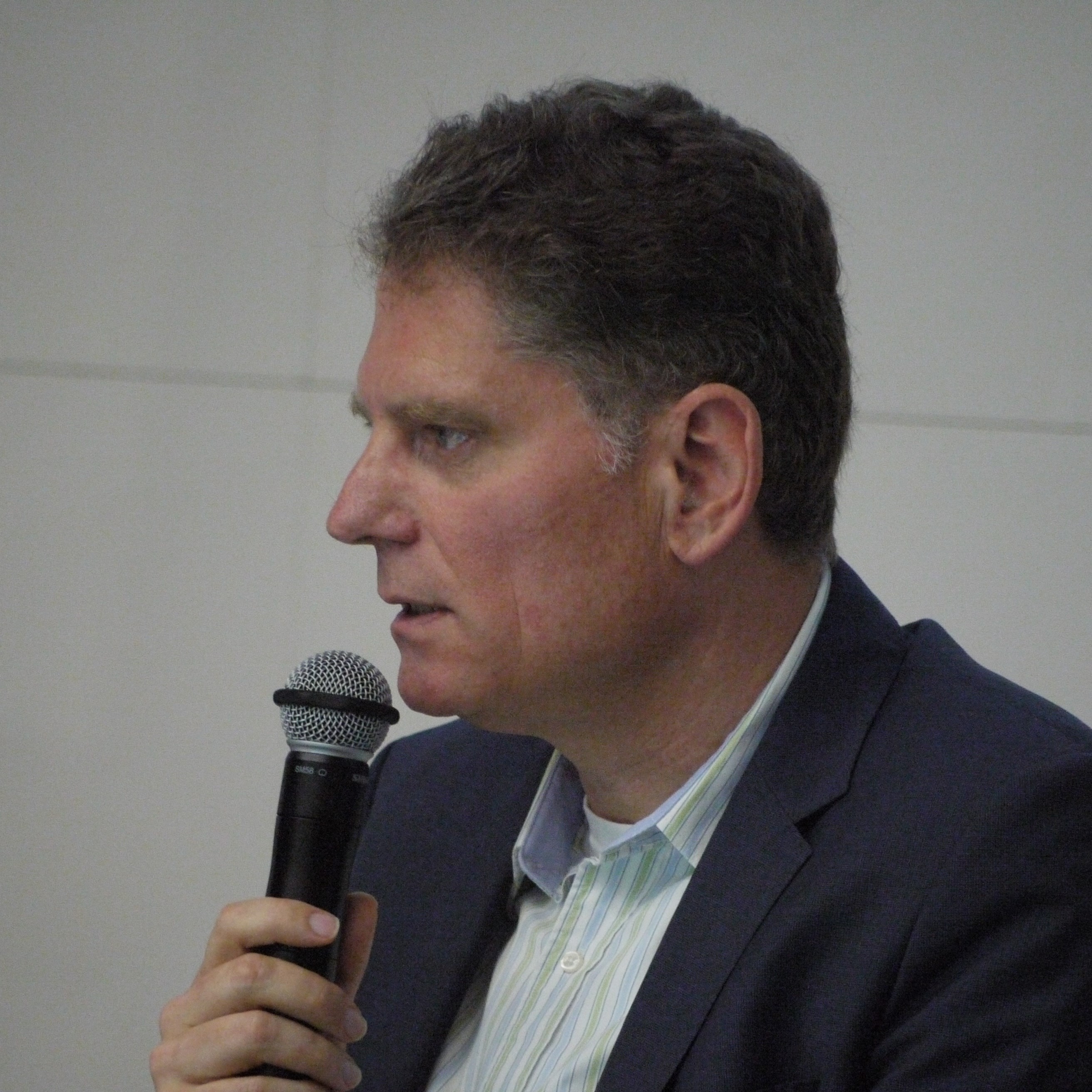
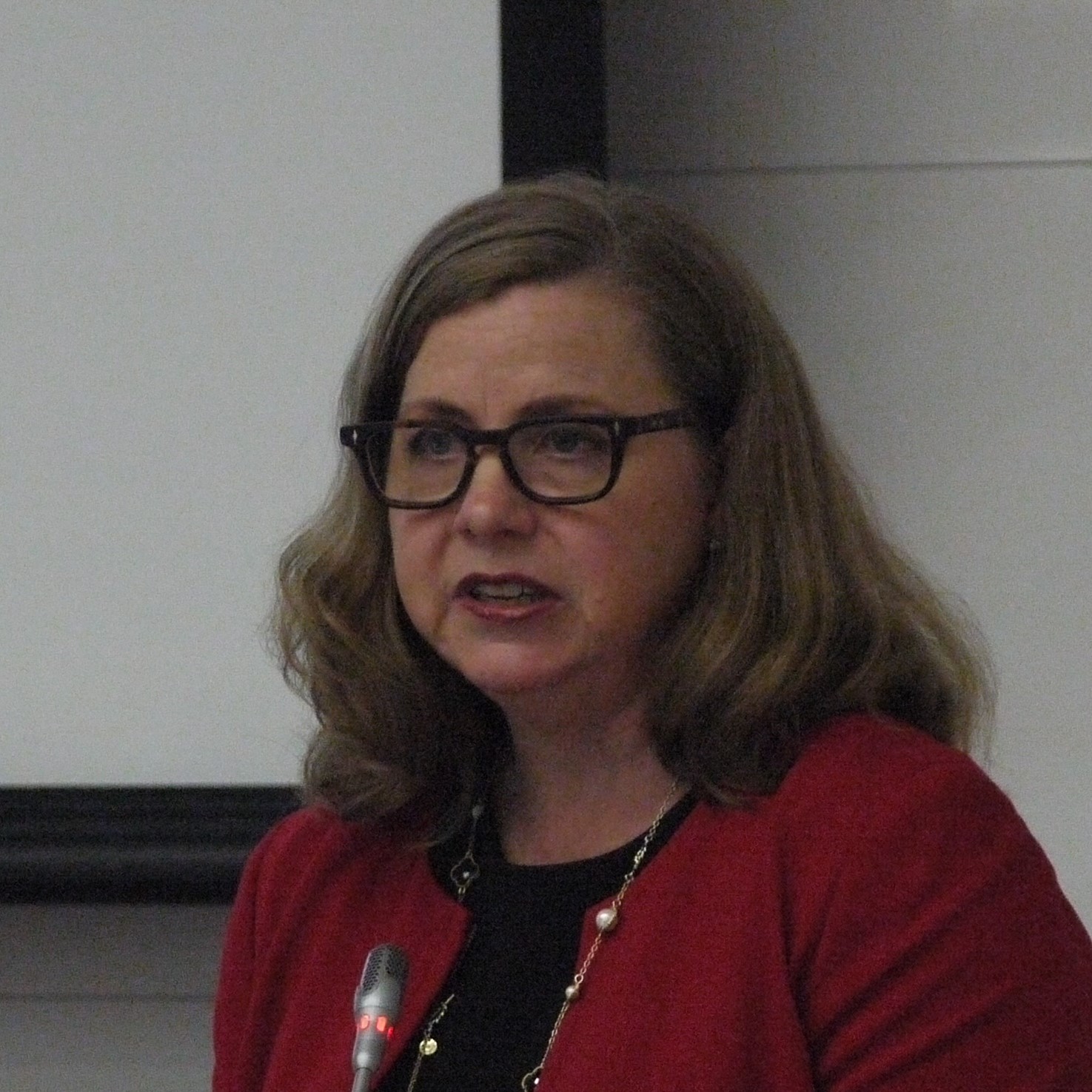
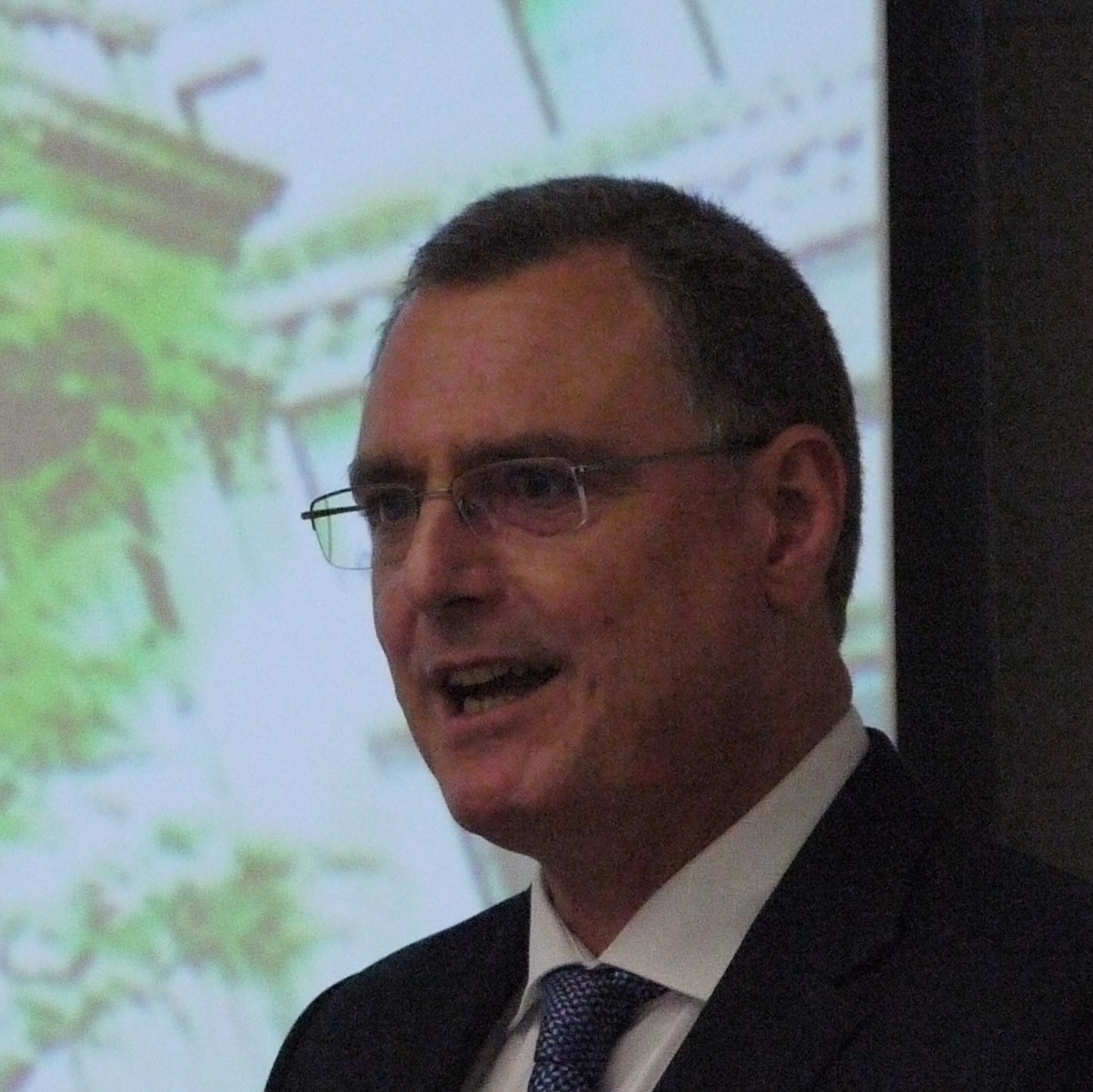
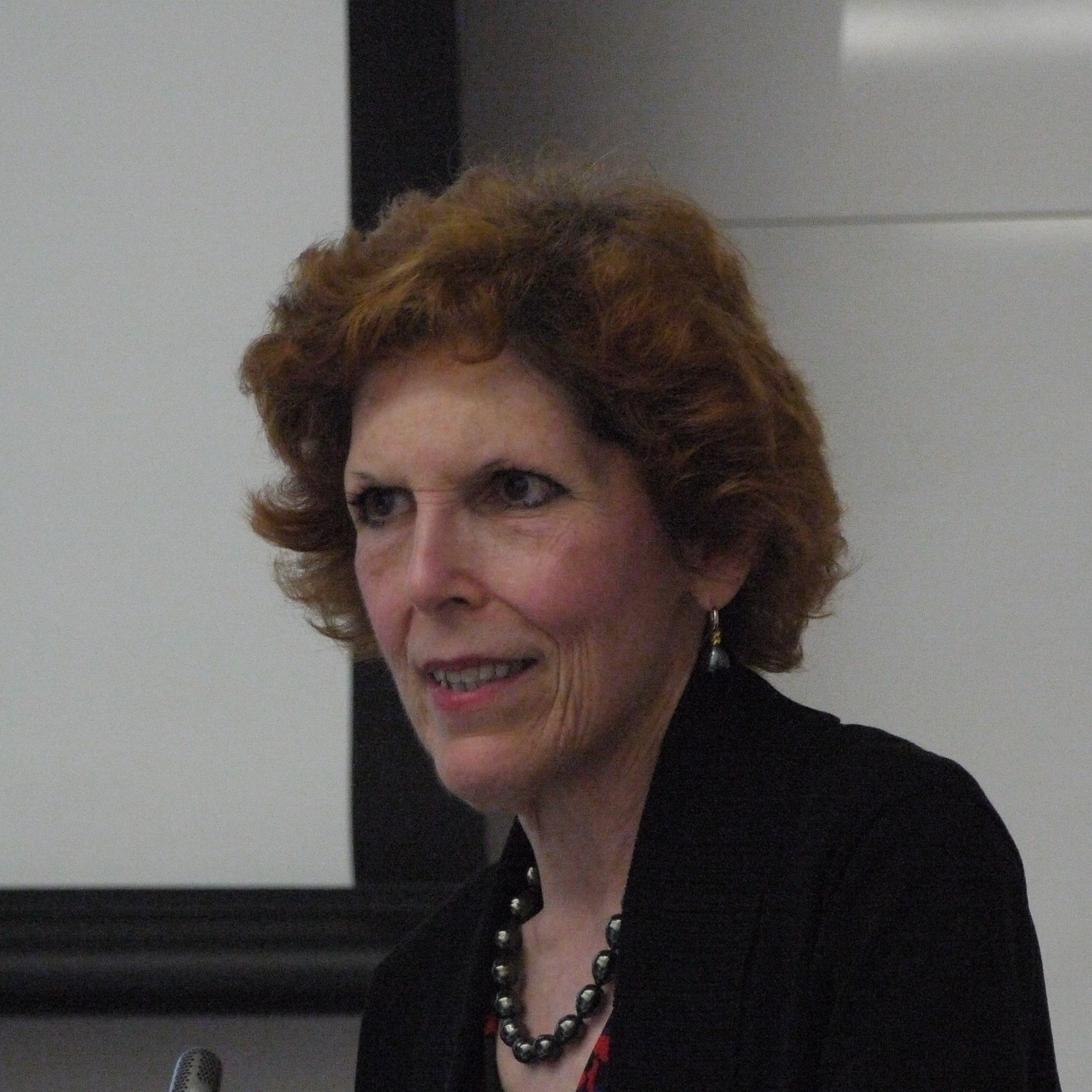

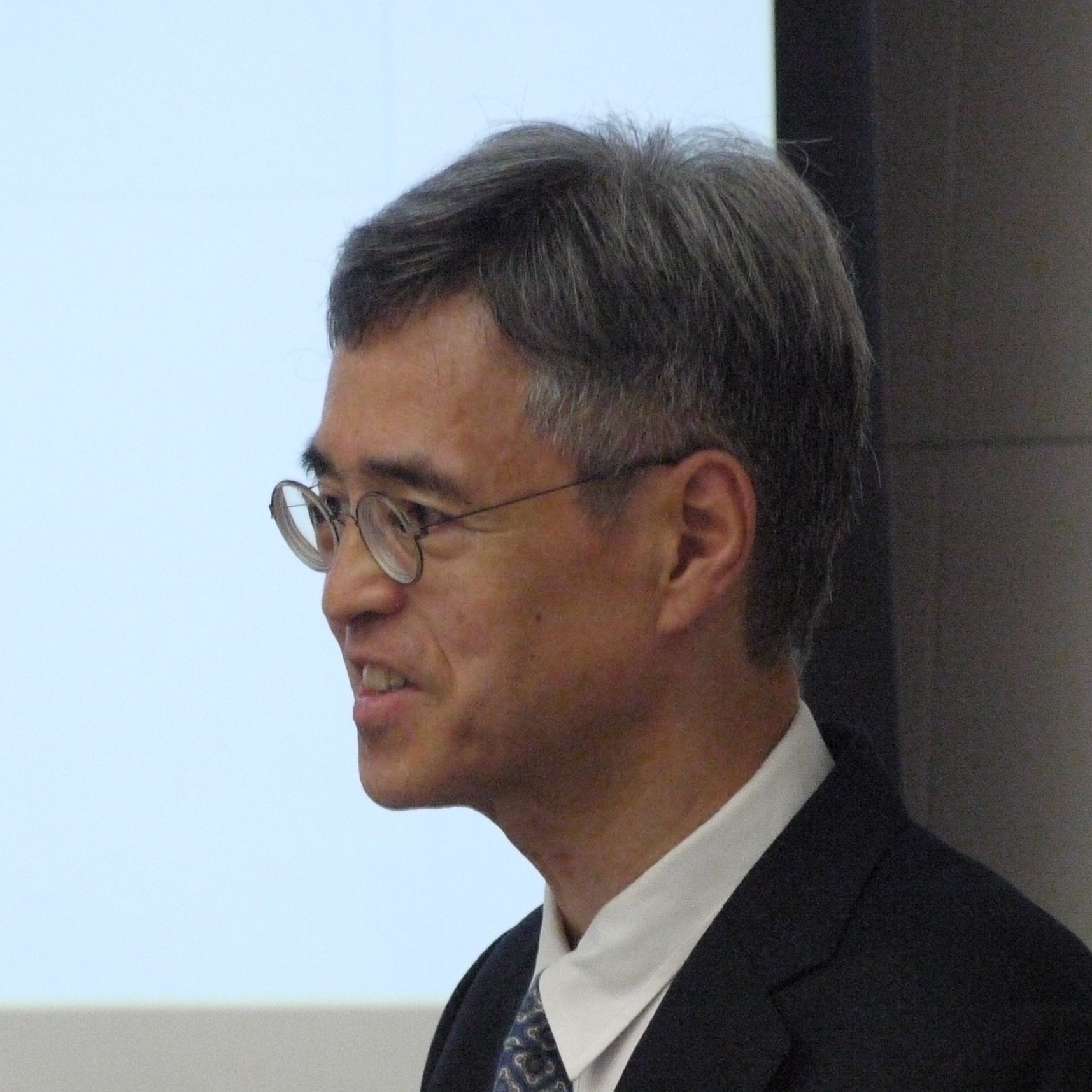
* The titles and information in these newsletters are as of the time of the conference.
